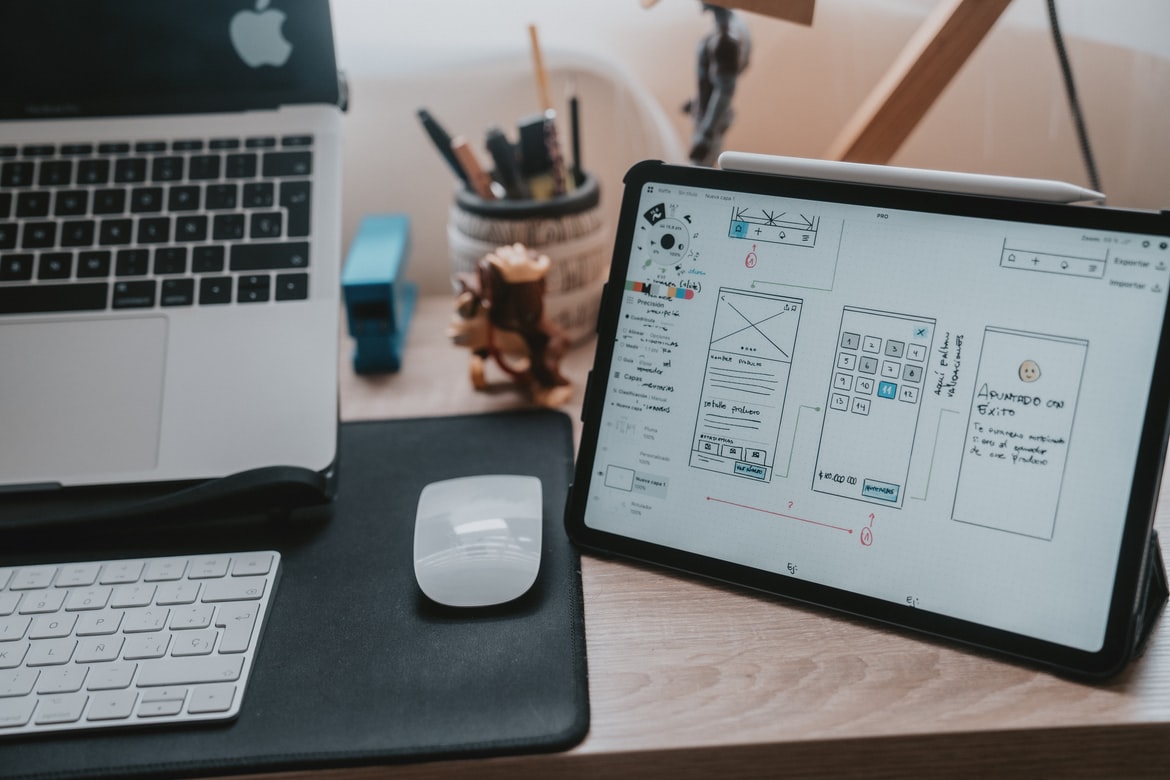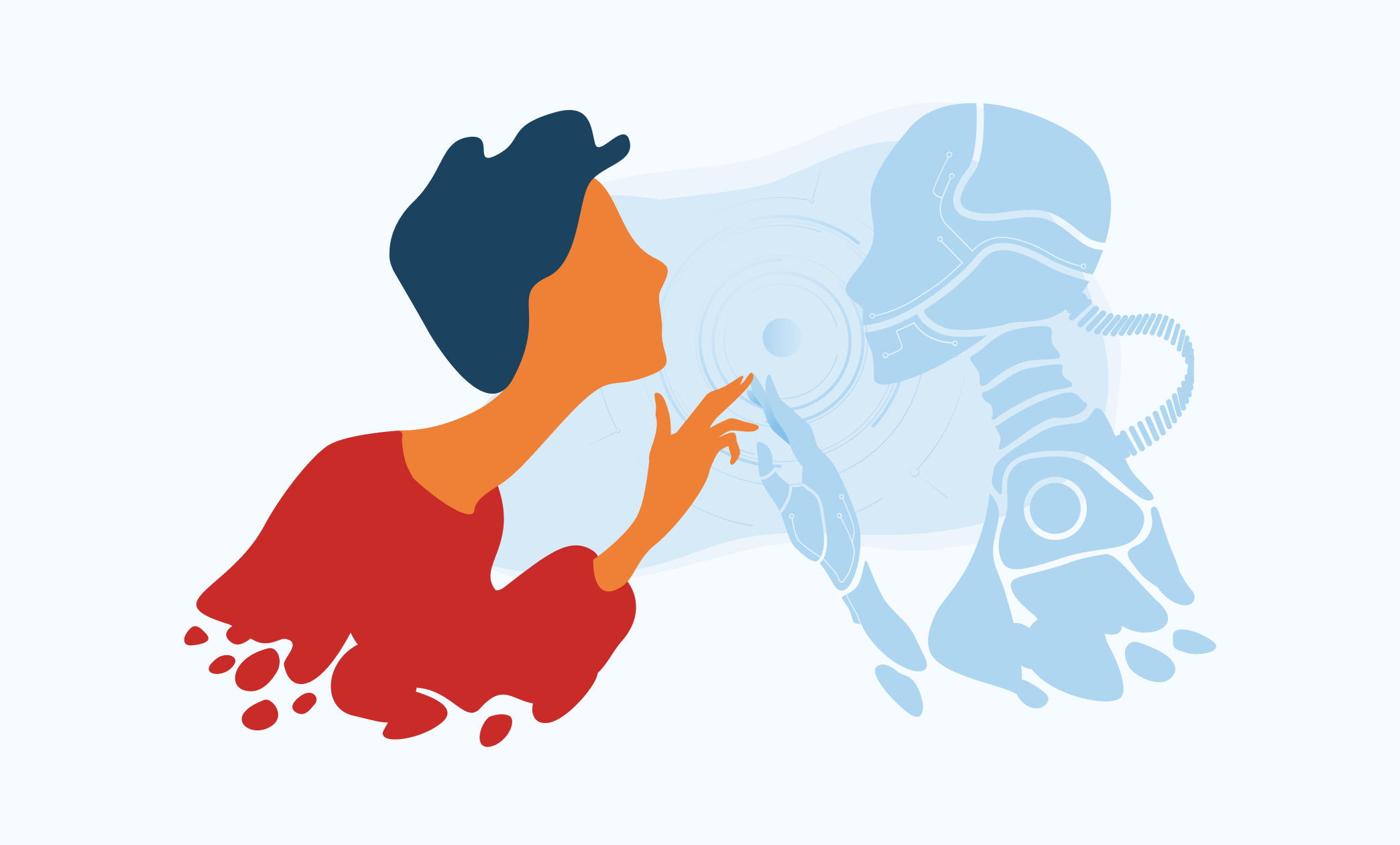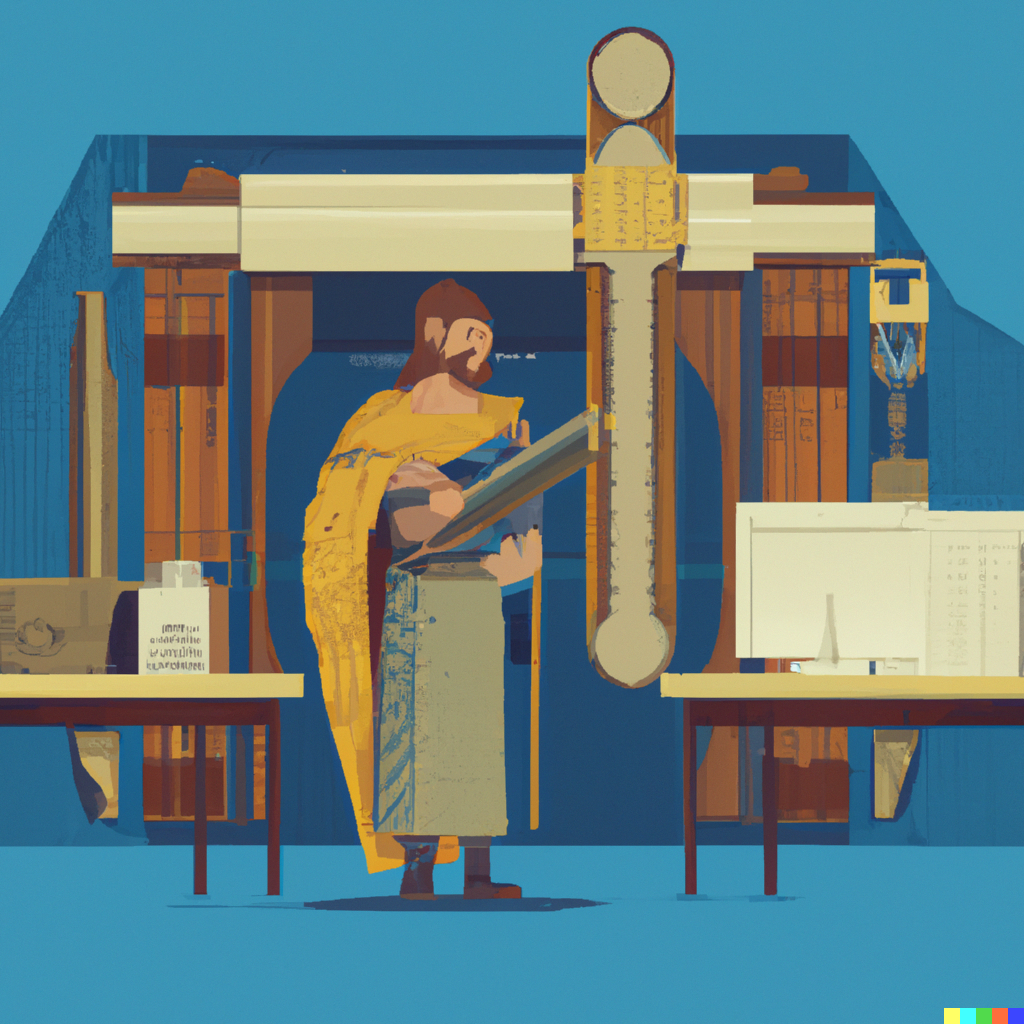From Lord of the Rings to Game of Thrones, medieval themed movies and TV shows have garnered attention and fanbases all over the world.
Let’s go a little further and see what the Middle Ages has to offer for modern UI/UX principles and practices.
We understand what you are thinking. Why in the first place do we want to do that? Good question. We’ll answer that.
Just as different symbols and colours were used to represent different families, houses and individuals in medieval times, today we have branding and design elements, to distinguish ourselves from our competitors. Embark on this journey of words back to the Middle Ages with us, to find out more interesting (fr) anecdotes connecting the dots of medievalism to modernity.
What is UI?
“Learn the rules like a pro,
so, you can break them like an artist.“
Pablo Picasso
User Interface (UI) refers to visual design and presentation of an application, website or product that allows users to interact with it. The primary goal of UI is to provide an intuitive and seamless experience for the user. It includes various elements such as buttons, icons, menus and text that help users perform various functions on the app or website.
A well-designed UI improves user engagement and satisfaction, making up the personality and voice of a product and by extension, its brand. A wide range of elements like visual design, layout, typography, icons and functionality of each element ensures an efficient UI design catering to the needs of the product’s target audience.
Importance of UI

Ensure that the UI is intuitive, easy to use and visually appealing. When done right, a great UI design increases the curiosity of the user leading them towards exploring the product or application more.
In today’s world, where people’s daily lives revolve around digital products for work, entertainment and communication, UI design has become increasingly important than it was ever before. A state–of-the-art UI design sets your products apart from your competitors, creating a memorable user experience leading them to recommend the product or service to others.
What is UX?
“Good design is all about making other designers
feel like idiots because that idea wasn’t theirs.”
Frank Chimero
User Experience (UX) refers to how a user perceives and interacts with a product, website or application. It encompasses a wide variety of user experience aspects including how they feel, think and act while using the product. A good UX design ensures that the user’s experience is seamless, enjoyable and intuitive.
UX design is all about creating products and services that are tailored to the needs of the target audience. A successful UX design helps increase customer satisfaction, drive engagement and sales, helping build brand loyalty. In this 21st century, businesses compete to deliver the best possible user experience stamping the importance of UX in today’s product design.
Importance of UX

A well-designed UX considers the needs of its users, preferences and behaviours, ensuring that the product is easy to use while remaining visually appealing. Businesses can establish a unique brand identity by providing a great UX, making them stand out from their competitors.
Furthermore, UX design plays a vital role in the success of the product or service. A poorly designed UX results in user frustration that ultimately leads to a loss of revenue in business. A good UX design fosters a positive brand image with good results in return. It has become the norm that investing in a word class UX design is no longer a luxury but a necessity for businesses to strive and thrive.
What is UI without UX and vice versa?

A well-designed UI without good UX results in a product that looks visually pleasing but lacking in functionality and ease of use. Take, for example, The Morgan Picture Bible we discussed earlier. What if those beautiful illustrations are disarranged with no proper layout and illegible typography? Can’t even imagine, right?
On the other hand, a great UX without a decent UI can result in a product that is functional but fails to engage the user emotionally. Imagine The Guardian’s ‘In Pictures’ section just being a set of pictures with no proper typography highlighting the difference between each picture’s title and description and photos varying in size and shape.
It is important to recognise the independence and interdependency of both UI and UX, since a successful product requires a fine balance of both. In brief, UI and UX are the yin and yang of a product design.
The Relevance of Medieval Art in Modern UI/UX

Medieval art and design may seem like a distant, bygone era but its influence can still be seen in today’s UI/UX design too. The medieval period was also a time of innovation and experimentation with what was available at that place and time. Carrying forward that innovative spirit with daring experiments has become the norm of the present digital world.
Today’s designers making use of size, colour and contrast to guide users’ attention to important parts of a website or application bears direct resemblances to unsaid UI/UX principles from our middle age examples. For example, the principle of visual hierarchy used in the illuminated manuscripts in the Middle Ages, highlighting important text with bold letters and ornate decorations is still relevant.
While the medieval period may seem distant and at times, to be honest, boring, with regard to modern design, its influence can never be denied. Looking into the pages of history always serves us in designing products that are visually pleasing without compromising on the intended user experience.






